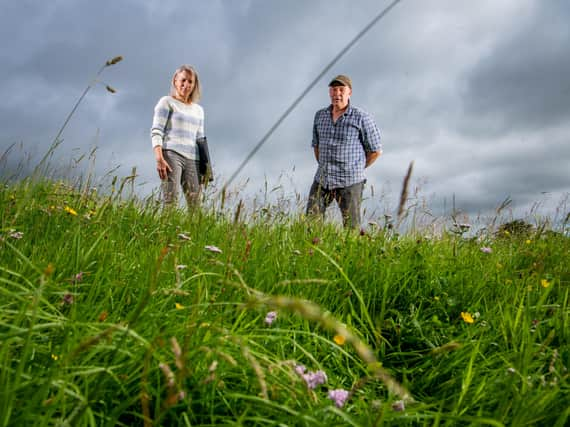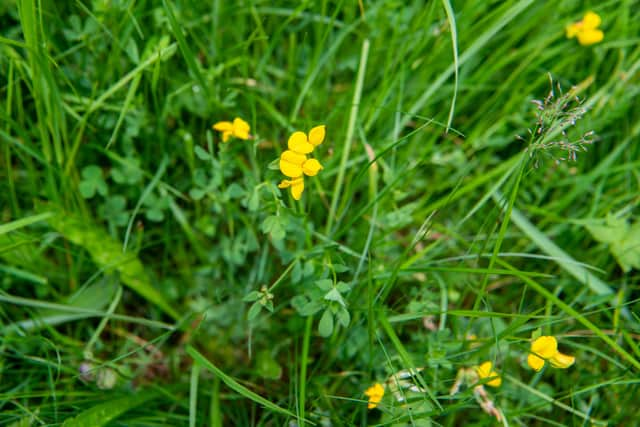Why farmers counting flowers might help rebalance nature


A world away from the corridors of Whitehall, where the Government’s “green blueprint” for the future of agriculture was drawn up two years ago, farmers on the ground are beginning to put its proposals into practice.
The ambition to reward landowners for delivering environmental benefits such as flood prevention, habitats for wildlife and improved public access to the countryside was to be the legacy of Brexit, as laid out by the former Environment Secretary, Michael Gove.
Advertisement
Hide AdAdvertisement
Hide AdHis “payments for public goods” would replace what he called the “burdensome and outdated” subsidies of the EU.


Currently, the touchstone for his new landscape is the hamlet of Gammersgill, east of Buckden and south of Aysgarth, where Stephen Bostock runs Hall Farm and where officials from the Dales National Park Authority gathered to assess progress on what in official parlance is the Results-Based Agri-environment Payment Scheme.
Wensleydale and Coverdale are the only places in England that are currently allowing farmers to conduct their own assessment of the environmental benefits they have put in place, and to be paid by results.
Helen Keep, senior farm conservation officer at the park authority, said 19 farmers, most with hay meadows or land for breeding waders such as curlew, lapwing and snipe, were taking part in the project – which for the first time gives them complete flexibility on how to manage their land.
Advertisement
Hide AdAdvertisement
Hide AdThe aim is to cultivate wildflower meadows rich in declining species and havens for birds whose populations have fallen because their habitats have not been maintained.
Each farmer is required to fill out a “score sheet” for different species of wildflower and features known to provide good conditions for breeding waders, Positive and negative points are recorded, giving each meadow a total score – with higher scores triggering bigger payments.
Ms Keep said the self-assessment scheme could be a long-term replacement for the more prescriptive countryside stewardship model.
“Administratively it could be a game changer,” she said. “It allows farmers to manage their habitat as they see fit, to achieve improvements. They are helped and advised and then left to their own devices. They do the work and the self assessment, and we come along and verify them.”
Advertisement
Hide AdAdvertisement
Hide AdShe had gone to Mr Bostock’s farm, where a meadow is being used for “control” purposes, to compare results with the old stewardship system.
Payments for environmental benefits had been “a lifesaver” for family farmers, he said.
“It’s made the farm profitable, it’s been a good source of income and also enhanced the land for the environment,” he said.
Natural England and the Yorkshire Dales National Park Authority began a “payment by results” pilot in 2016, funded at first by the EU and then by the Government. Currently, around 126 acres of meadow and 700 of wet grassland are covered by the scheme.
Critics of the previous system said it favoured farmers and landowners with the biggest holdings, and helped to subsidise moorland that was used only for grouse shooting.
Comment Guidelines
National World encourages reader discussion on our stories. User feedback, insights and back-and-forth exchanges add a rich layer of context to reporting. Please review our Community Guidelines before commenting.